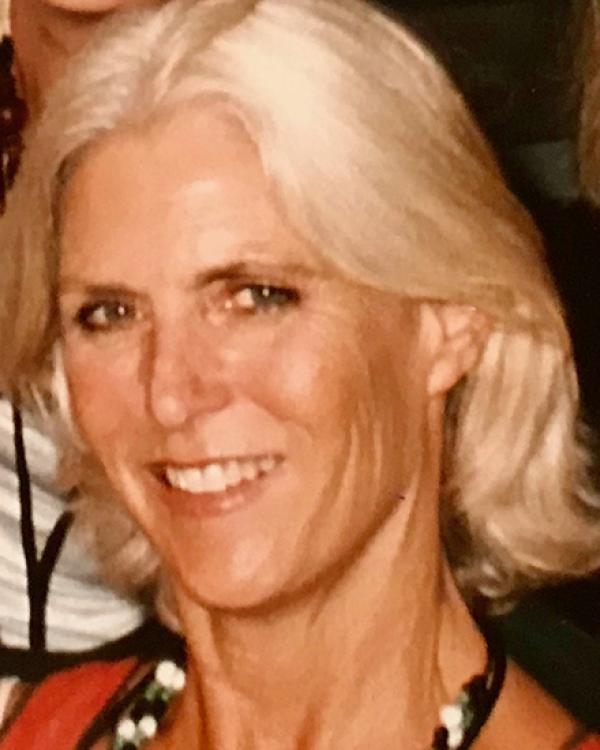
Alumna Peggy Lamb (M.Ed.,’87) has never hesitated to give back to the Gevirtz School. She served as long-term chair of the Dean’s Ambassadors Circle during Deans Jules Zimmer's and Jane Close Conoley’s tenures as a resource of ideas and connections to potential partners vital to furthering the School’s vision and values. She and her husband Dick created a fellowship to support special education teachers dedicated to working with students and their families in school settings—the very kind of work Peggy did for years locally.
The Lambs recently learned of the Community Fellows Initiative and decided to donate. “When my husband and I started the Special Education Fellowship, it was to support special education teachers with an emphasis on bilingual capabilities,” Peggy said during a recent Zoom conversation. “There was a lack of Special Ed teachers and no bilingual Special Ed teachers when I was teaching.”
The Community Fellows Initiative has similar goals to expand a diverse, local education workforce and it was a perfect match. “Students need teachers who are role models and look like them,” Lamb said. “This initiative gives the students from underserved backgrounds and who are first-generation college students a path by creating a pipeline from local high schools to graduate programs in education to teachers in our local schools.” Through this initiative, the fellowship pays for candidates to attend the Gevirtz School’s Teacher Education Program, with a promise of a job in the Santa Barbara Unified School District upon completion of their credential.
Lamb points out when she started in the field, there was no credential yet for special education. “I worked at Devereux when going through college, getting firsthand experience with special needs children and adults,” she recalls, “I loved it and loved the people.” After completing her K-!2 teaching credential, she was hired to teach in a Special Day class at Franklin Elementary School in the Santa Barbara School District.
The Individuals with Disabilities Education Act (IDEA) 1975 changed things dramatically, making inclusive classrooms the norm. “Teachers in so-called ‘regular’ classrooms sometimes didn’t want students with special needs in their classes,” she points out, “but the differences between people are much fewer than the ways we are alike. The students I worked with always felt so isolated until they finally became part of the system.”
Peggy became a Resource Specialist for the Hope School District. During her time there, she integrated the Special Education students into the regular class homerooms and minimized pull-out programs where children often felt alienated from their peers. The inclusion program allowed the identified special needs child to work alongside and with other children in the classroom, providing a benefit for all students who needed extra help. She established a resource homework program primarily meant for special education students but open to all. “It became popular with everyone,” she says, “as all sorts of students needed help.”
While Lamb’s teaching career ended in 2000, most recently, she’s found a new career as an author. After her three children had graduated high school, she turned to art as a way to fill her time. While taking a memoir class 10 years ago, something clicked, and she discovered a creative outlet. She published her first book, Then I Won’t Seem So Far Away, in 2015, built around letters she sent to her mother while she was a college student in France. Her second book, Darling—Love Letters from WWII, is built around her uncle’s missives home during the war, and just came out this year. Asked why she uses letters in her books, she replied,“Letters are tangible and hold the past as if it is the present, something I find intriguing to write about.”
But writing doesn’t stop her from focusing on education, as shown by her support of the Community Fellows Initiative, which helps make sure Santa Barbara students can be taught by those who grew up just like them.